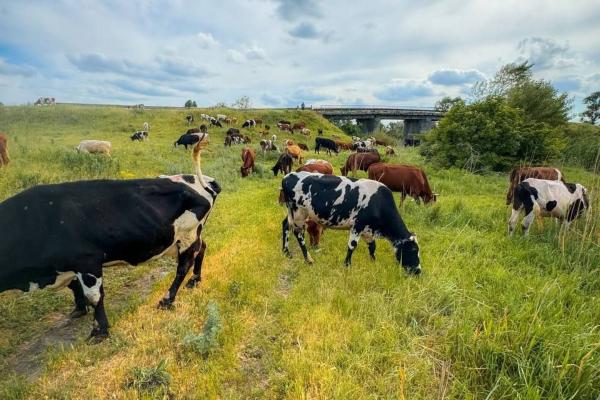Management and Cost Optimization in Animal Shelter Operations


Animal shelters provide care and temporary housing for abandoned, stray, and surrendered animals. Effective management and cost optimization are vital for their sustainability, considering their reliance on limited resources and the increasing demand for their services. From my experience, shelters play a key role in promoting animal welfare, educating the public about responsible pet ownership.
Financial challenges are constant for most shelters, which often operate as non-profits relying on donations, grants, and government funding. Balancing the budget while providing quality care is challenging, especially with unforeseen expenses. Insufficient funding can lead to overcrowding, limited medical care, and staffing shortages, affecting the animals' well-being. In this article, I will share the experience I have gained as the director and founder of the shelter “Ugolyok”, Ukraine.
Analysis of Current Expenses
Analyzing current expenses is a critical step in identifying where resources are allocated and determining areas for potential savings. In this section, I will outline the main categories of expenses encountered by my animal shelter:
- Food and Supplies: The cost of feeding animals is a major expense, requiring various types of food for different species, ages, and health conditions.
- Veterinary Services: Regular care, vaccinations, emergency treatments, and surgeries are essential and can vary significantly.
- Salaries: Staff wages, including those for veterinarians, technicians, care workers, and administrative staff, are significant.
My experience has shown that tracking these expenses accurately is crucial for identifying areas where resources are being consumed most. Categorizing expenses and regularly reviewing them helps shelters find potential savings and better allocate their resources.
Cost Optimization Strategies
Cost optimization is a crucial aspect of managing an animal shelter, ensuring the efficient use of limited resources to provide the best possible care for the animals. The goal is to reduce unnecessary expenses while maintaining or even improving the quality of services. Strategies include:
- Expense Tracking: Establishing detailed record-keeping methods to monitor financial transactions and identify excessive spending areas. My practice has demonstrated that careful tracking of expenses helps identify areas for savings.
- Contract Negotiations: Securing better terms with suppliers by reviewing contracts and seeking competitive bids. This can lead to significant cost reductions.
- Personnel Management: Efficient scheduling and task allocation, investing in staff training, and reducing turnover costs. From my practice, effective personnel management significantly reduces costs.
- Energy-Saving Practices: Implementing LED lighting, improving insulation, and considering renewable energy sources like solar panels.

Effective Personnel Management
Optimizing these human resources requires a focus on several aspects, such as role distribution, scheduling, motivation, and training. Effective management of staff and volunteers is crucial for shelter operations. Key aspects include:
- Role Clarity: Defining specific duties for staff and volunteers to avoid duplication and ensure task completion. In my experience, clear role distribution helps in setting expectations and improving performance.
- Motivation and Morale: Recognizing and rewarding efforts to maintain a positive work environment. This helps retain staff and improve morale.
Fundraising and Securing Resources
Fundraising is vital for maintaining and expanding shelter activities. Effective approaches include:
- Organizing Events: Engaging the public through adoption fairs, charity balls, and community activities. In my experience, such events not only raise funds but also increase public awareness.
- Donor Relationships: Communicating with supporters through updates, thank-you letters, and recognition. That building strong donor relationships leads to consistent support.
Energy Conservation and Environmental Initiatives
Sustainable practices reduce operational costs and environmental impact:
- Energy-Efficient Technologies: Using LED lighting, efficient appliances, and HVAC systems. In my experience, these technologies help reduce energy consumption and costs.
- Renewable Energy Sources: Installing solar panels or wind energy systems. My experience has shown that investing in renewable energy pays off in the long run.
- Waste Management: Recycling programs and composting systems. Effective waste management not only helps the environment but also reduces expenses.

Conclusion
Effective management and resource optimization are crucial for animal shelters. By focusing on financial efficiency, leveraging technology, motivating staff, securing diverse funding sources, and committing to sustainability, shelters can enhance their ability to care for animals and fulfill their mission. In my experience, embracing new ideas, collaboration, and community engagement further improve practices and contribute to a more compassionate animal care system worldwide.
by Oleksandra Havryliuk-Levytska
If you want to read similar articles to Management and Cost Optimization in Animal Shelter Operations, we recommend you visit our Basic care category.







